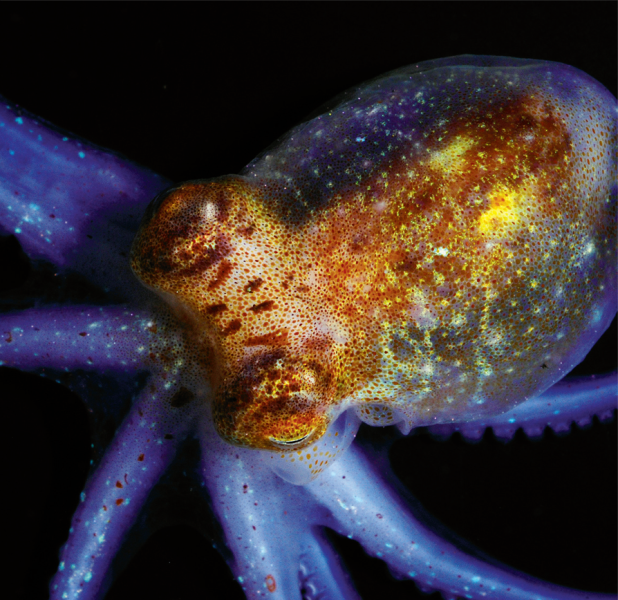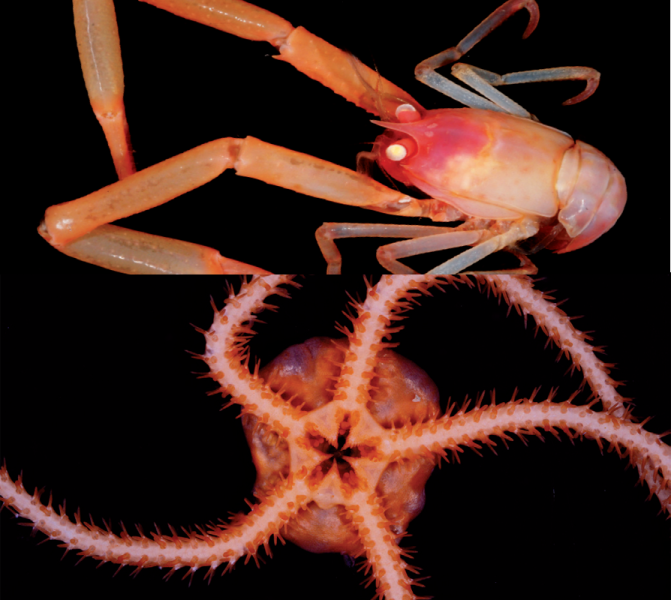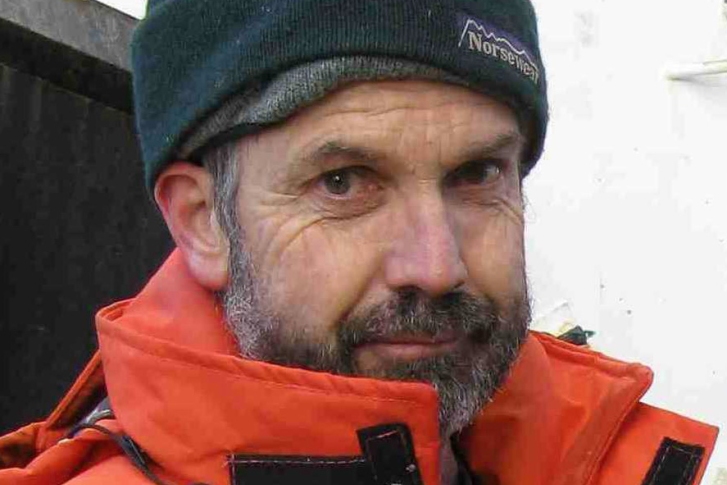The Kermadec Ridge is an incendiary chain of undersea volcanoes stretching northeast practically to Tonga. In places, it can be a hellish, sulphurous scene of broiling vents and superheated steam, lightless and squeezed by monumental pressure. But NIWA scientists discovered in May that life has found plenty of ways to make itself at home there.
Sampling new sites among the hydrothermal vents and vertiginous canyons, up to a kilometre and a half deep, the crew of NIWA research vessel Tangaroa found shrimps, mussels and barnacles all thriving on the very edge of oblivion. They also discovered a new hydrothermal vent.
Find out more about the RV Tangaroa
In some areas, water – superheated up to 300ºC – roars from such vents, kept from turning to steam by the crushing pressure. But just centimetres away, colonies of creatures have evolved ways to gain sustenance from the various dissolved minerals issued from the scalding plumes. They get by on recycled carbon, nitrogen and sulphur in some of the most punishing environs on the planet.
"These animals are adapted to the specific combination of depth, temperature and chemical composition of the venting fluids," says voyage leader, Dr Malcolm Clark. "The work helps us understand the vulnerability of deepsea communities to human activities, such as seabed drilling, fishing and mining."
Clark says the very different conditions and chemical environments of various seamounts mean the animal communities living on them can be equally diverse, even in close proximity to one another. "The implication is that the exploitation of one seamount could have an effect that is not the same as on another close by."
The animal communities also vary markedly between different types of habitat – hydrothermal vents, seamounts, canyons, and the general continental slope – their species composition driven by quite specific environmental conditions. They are also susceptible to a range of human activities, such as fishing or seabed mining, says Clark.
The expedition, funded by the Ministry of Science and Innovation, collected thousands of specimens over a 10,000 square kilometre plot, some of which, says Clark, are "almost certainly something new. Typically, almost 10 per cent of what we catch in the deep sea is new to science, or new to New Zealand." It also sampled canyons never before surveyed, "so the expectation is that there will be many new discoveries, once the samples and photographic data are analysed."
The results will be used in ecological risk assessments to help improve environmental management.
Visit our TAN1206 photo gallery to see more creatures from the voyage



